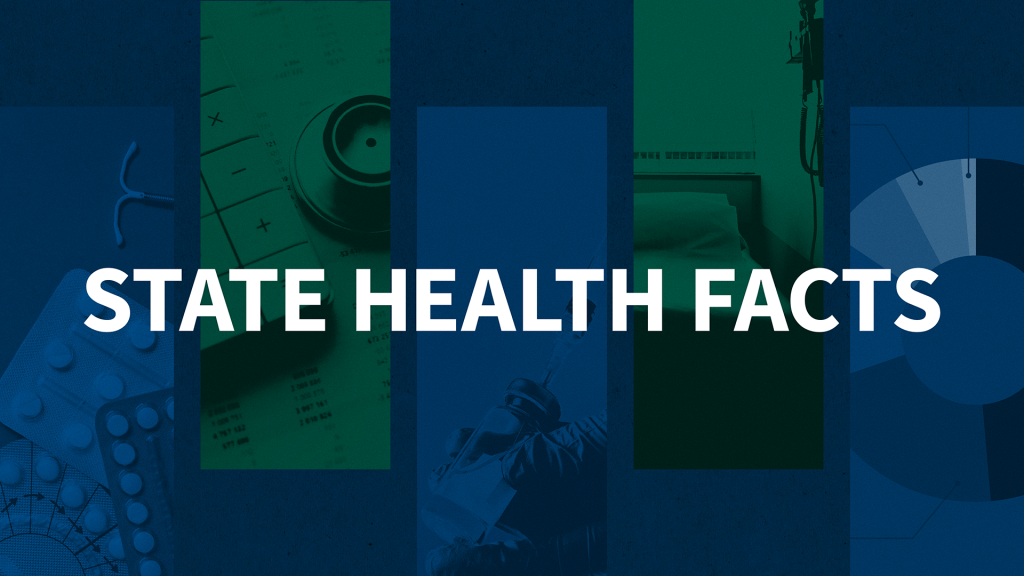Massachusetts Health Care Reform: Six Years Later
In 2006, then-Gov. Mitt Romney signed Massachusetts' comprehensive health reform designed to provide near-universal health insurance coverage for state residents. Building on a long history of health reform efforts, the state embarked on an ambitious plan to promote shared individual, employer, and government responsibility.
